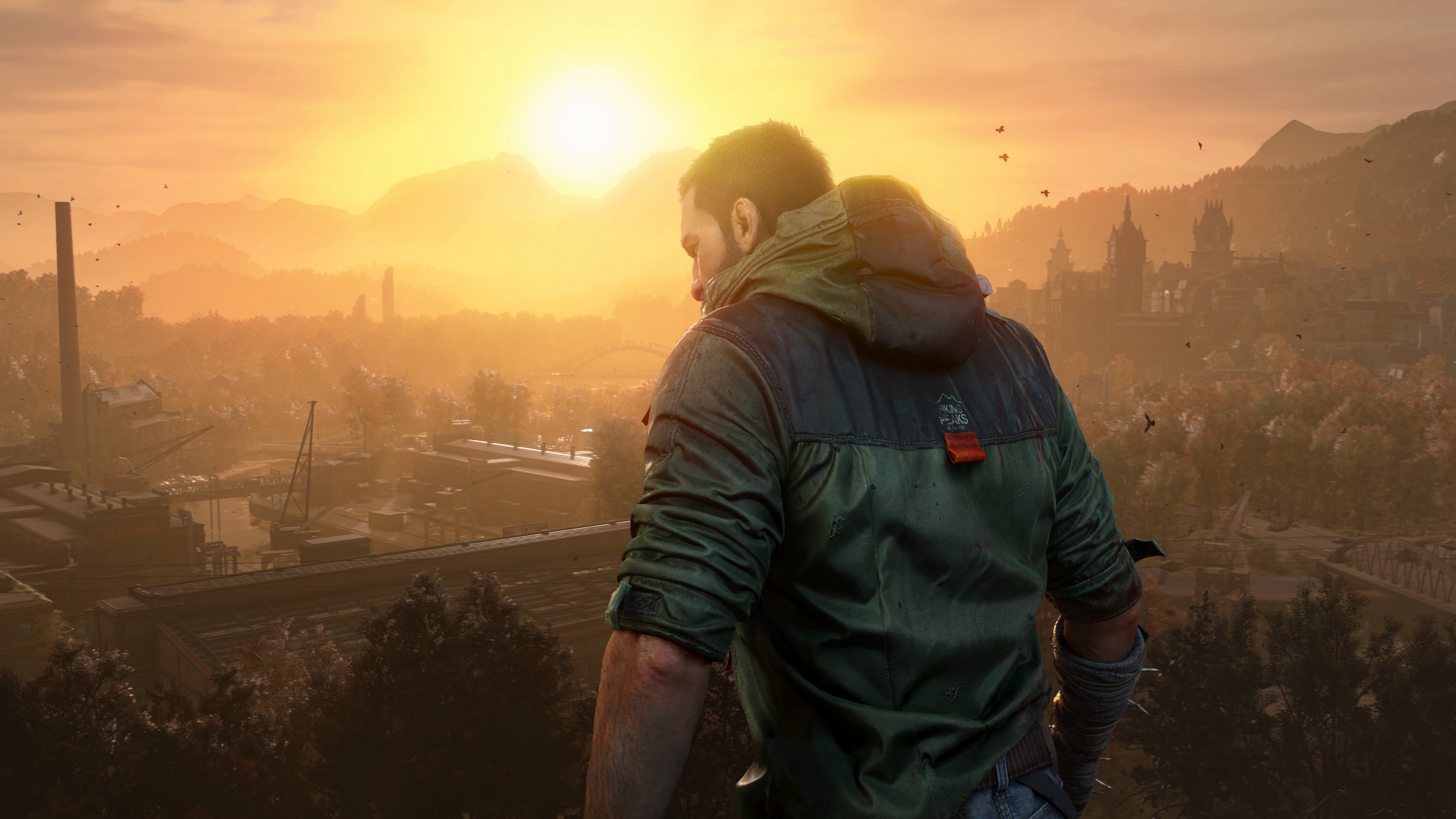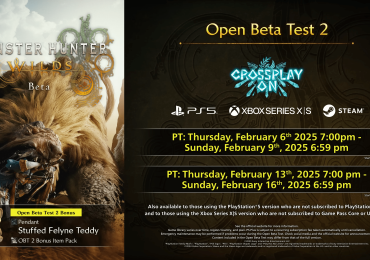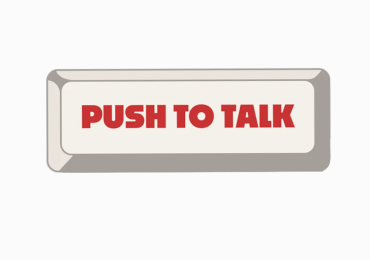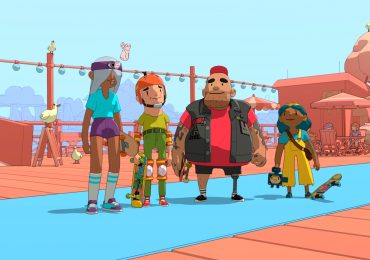Just in case you were wondering, Dying Light protagonist Kyle Crane has been in captivity, suffering the unethical zombie-DNA-splicing experiments of the brutish Baron for the best part of a decade. Yeah. He’s had a pretty rough go of it, but I’m pleased to report that Crane has now escaped, and, understandably, he’s out for blood.
Crane is the titular monster of Dying Light: The Beast, an 18-hour stand-alone adventure that started life as story DLC for Dying Light 2. Said DLC was leaked by hackers last year, so the developers at Techland pivoted and decided to craft something with even greater ambition. Dying Light: The Beast takes place in a huge new region, a forgotten forest called Castor Woods where families used to vacation pre-zombie apocalypse. Now it’s a playground for an apex predator like Crane, a massive parkour-friendly smattering of industrial compounds and plazas, littered with raiders and shambling plague vectors. It’s not all bad, though — Crane’s decade from hell has left him with new abilities, which he’ll need to tackle the Freaks (what remains of The Baron’s other subjects).
Despite its obvious attachment to the legacy of Techland’s series, Dying Light: The Beast is intended to be an entry point for new players, a focused experience that evokes the moreish zombie-bashing essence of Dying Light 2, with added superpowers. A hands-off demo I caught at Gamescom saw Crane parkour through the Old Town, full of dilapidated apartments where dust particles hung beautifully in the air. Eventually, he reached a remote woodland and started stomping across mossy cable cars toward a hideout. When the sun finally set, there was a stealthy gait to Crane’s movements, as he ducked into tall grass to lob decoys and control the attention of unique enemies that only appear at night.

Internal encounter environments were well detailed with long-forgotten ephemera, but I was quickly divorced from the tense atmosphere by some referential blood graffiti on the hideout walls, reading “Don’t Open Dead Inside.” The important thing is that the combat environments are reactive, with poppable fuse boxes and burning pyres providing alternative routes beyond the reliability of Dying Light’s “smack and gash” melee. Up close, the combat looked wonderfully disgusting. Side swipes with a baseball bat tore a crevasse into a gesticulating zombie’s cheek — then a finishing blow accelerated the facial decay, leaving behind an unrecognizable indent. As Crane secured the shelter in the demo, there was a glimpse of a few exploration-based puzzles, standard cable-following fare focusing on activating generators and picking locks, with a few fights thrown in between.
Outside, inclement weather events brought storms of dynamism to the open world, which features reactive encounters to stumble into, like dopey raiders huddling around a loot crate. Elsewhere, Crane leveraged his parkour skills to sprint around the innards of a stone silo and reach an enemy vantage point, which doubled as a blooming vista. Crane can leap, climb, and skulk around the open world on foot or, if it serves, hop into a pickup truck for a far less subtle zombie management system.
If you’re not into stealth, you can also play The Beast like a first-person shooter, yet while the gunplay looks solid enough, it’s simply another arrow in your quiver alongside throwing knives, propane tanks, and face-melting beast powers. Gib-friendly gore mechanics sweeten the pot, though. A shotgun blast to the hip bone tears the aforementioned military men asunder, intestines dangling in the air while their lower halves remain on terra firma.

Image: Techland
During interspersed cutscenes, Roger Craig Smith’s Crane is cynical and sarcastic, responding with terse tough-guy quips to the instructions of his handler, Olivia. He’s not the most likable character in the world — Crane always sounds like he’s gargling fish tank pebbles — but his emotional unmooring is to be expected, given the decade of deeply unethical psyche-dabbling at the hands of The Baron.
The big bad didn’t appear in my Gamescom demo, but in place was one of his creations, Behemoth, a mass of flesh carelessly flecked with horseshoe-shaped metal handles. Crane lured this rebar menace into an ominously shaped clearing to initiate one of Dying Light: The Beast’s boss battles. They’re par for the course, with Crane dodging and dashing to pepper in machete attacks and outmaneuver the lumbering hulk. My attention spiked when, at the midpoint, Crane engaged “Beast Mode,” which added an orange vignette to the screen. As well as forcing Crane to fight with his bare hands, going Beast Mode enabled the ability to pick up nearby environmental objects (in this case, a stone bollard) and lob them at unsuspecting zombies.
All told, Dying Light: The Beast looks like an attractive follow-up to Dying Light 2, especially if you’re nostalgic for Crane’s original adventure in Harran. But I’d expect a renovation rather than a revolution. I’m particularly keen on the idea of hopping into Castor Woods in four-player co-op like the good old days of Dead Island, sharing progression with pals and seeing how the systems intersect for some raucous post-apocalyptic fun. I just hope Crane’s glib banter doesn’t undermine what the series is best at — ragdoll parkour combat comedy.
Dying Light: The Beast is coming to PlayStation, Windows PC, and Xbox. There’s no release date as of writing, but in an ode to the game’s development history, it’ll come at no cost to those who own the Ultimate Edition of Dying Light 2.







